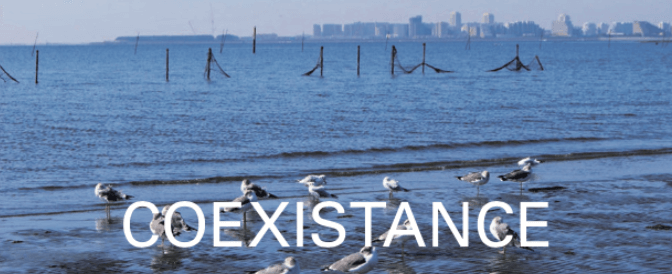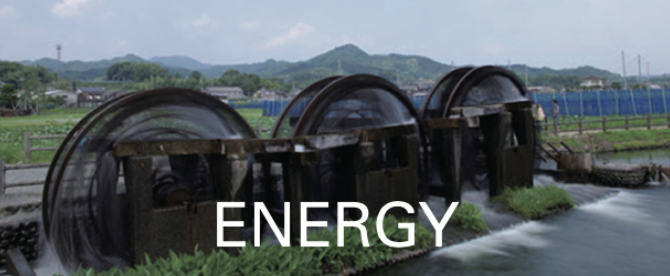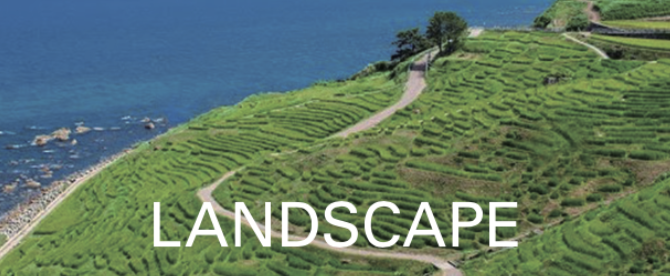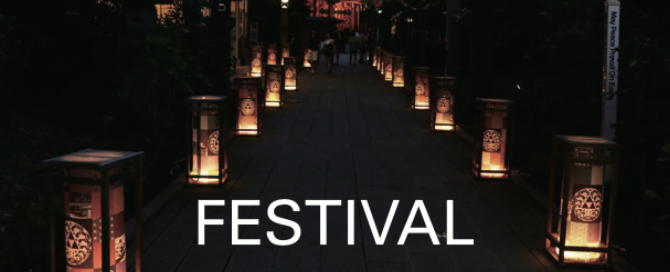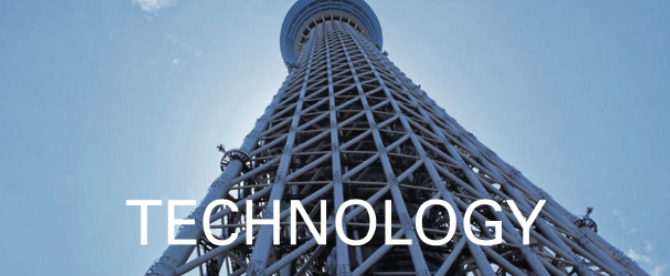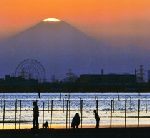
Since ancient days, Japan’s shallow sea has given us the power to live. Funabashi Sanbanze is the Sea of Fertility in the southern end of this park, which is the inner part of Tokyo bay and its 1,800 hectare expanse. The shallows are a fishing ground for Japanese sea perch, Flatfish, Surf clam and Seaweed.
In the Edo period (1603 – 1868), this shallow used to be reserved as Osaiura, the ground of the purveyors to the Shogun family.
A lot of wild birds, like Black-headed gull, gather here in search of rich food. Here you might see The Diamond Fuji, the phenomenon where the summit of Mt. Fuji meets the sun, in February and October, when the weather conditions are just right.

Iomante is an Ainu word that means “i is it”, and “omante is to deliver or to go”. Important ceremonies of Ainu people include letting the soul of animals go. This lets the souls of the Bear and other animals go, with respect, to the realm of Kamui, the deities.
Akan Ainu Kotan is a village of thirty-six Ainu families who are preserving traditional culture. Traditional dances and plays are presented daily, and museum and folk art stores.
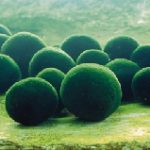
This center is at the Chuurui Island of the Akanko Lake. There, you can observe the quiet sleeping of the special natural monument, the Marimo aegagropila, in the large water tank that reproduces the bottom of the lake.
You can see the amazingly big Marimo, too. Outside, there is an exhibition corner, where you can observe the Japanese huchen and Savlelinus leucomaenis that live in the Akanko Lake. There is also an observation space recommended for commemorative photos.
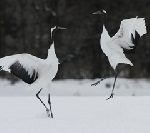
The Tancho, Red crested Crane, are a symbol of the beauty of Japan by the bonds of partnership. They had been preserved well until the Edo period (1603 – 1868). However, overhunting began in the modern Meiji period (1868 – 1912).
In 1924, they were thought to be extinct, until more than a dozen Tancho were confirmed in the Kushiro Shitsugen. After a great deal of time and effort to nurture the population, they were designated as a special natural monument and the species grew to about 1000. This center is a symbol of that miracle.
